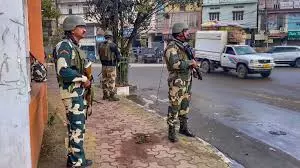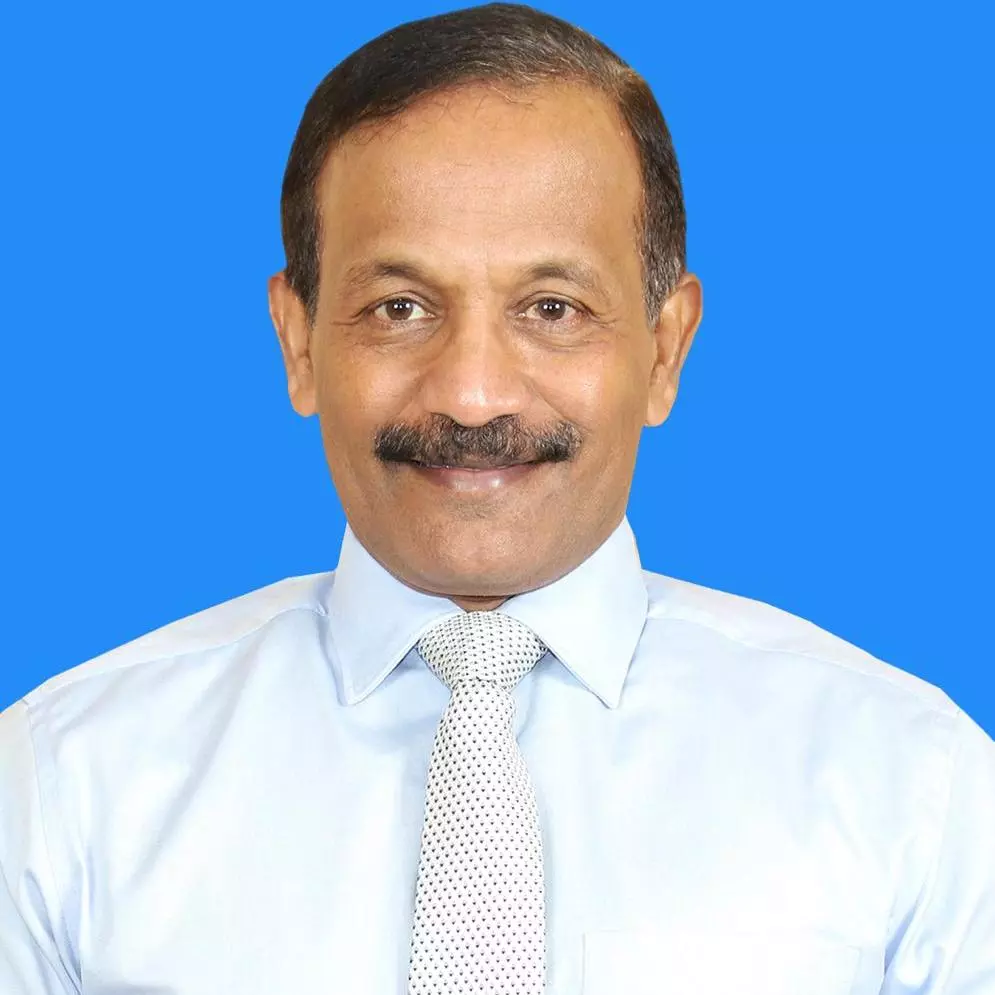Pradeep C. Nair | Growing Calls For Manipur peace; as Meiteis, Kukis Hold Delhi Talks
It has been a little over two years since the Manipur violence began in May 2023

Manipur violence (Image:DC)
It has been a little over two years since the Manipur violence began in May 2023. During this period, many important events have happened across India and around the world. The current year has seen more wars between countries than at any other time since the Second World War. The Israel- US war with Iran is currently hogging all the limelight, amid talk of a ceasefire. As a consequence, unfortunately, events in Manipur have largely been out of the mind space of most people in our country. It is necessary to bring to the fore the current situation in Manipur, especially after the imposition of President’s Rule on February 13 this year.
In the past over four months, peace has largely prevailed in the state except for a few stray incidents. The arrest of an Arambai Tengol leader that led to clashes and an Internet shutdown, protests over defacing of the word “Manipur” on a state transport bus during the conduct of the “Siroi Lily Festival” at Ukhrul, the clashes between farmers at Pukhao Leintanpokpi over disputed cultivation rights along the Imphal-Kangpokpi border, the crossfire in Bishnupur that killed two women and the killing of a village chief’s wife, the dispute over locations of the Suspension of Operations (SOO) camps; have all given a feeling that things are yet again spiralling out of control in the state. The recent controversy over the reluctance of the Kukis to fly the mortal remains of Lamnunthem Singson, one of the deceased crew members of the ill-fated Air India flight that crashed in Ahmedabad on June 12, further makes the situation in Manipur look even more disastrous. What needs to be understood is that most of the protests we now see lack the bite and the intensity that were associated with ethnic violence in the initial days of May-June 2023. The current spate of violence has largely been engineered by a small minority of people with vested interests; and have been easily tackled by the security forces.
Amidst all this, some important positives remain un-noticed, but merit mention. Security has been markedly tightened in the state. This has resulted in the cessation of hostilities and opening of the highways. Extension of the Suspension of Operations has been supposedly made conditional and includes reduction in the number of camps, recertification of strength of militants, surrender of weapons and move of the camps away from fringe areas. This has largely been accepted by both the communities. It is believed talks with Meitei CSOs to assure them about the government's stance on the territorial integrity of the state, settlement of internally displaced people and the continued opening of highways is happening simultaneously. So, there are clear signals of a forward movement by both communities. However, there are a few dissenting elements on both sides who are still running manufactured narratives, which is maintaining the divide amongst the two communities.
There has been a major de-weaponisation drive in the entire state, with many arrests. A key IAS reshuffle has gone unnoticed, which has placed experienced officers in critical positions in the power, irrigation, transport and tourism sectors, which clearly shows a reinvigorated focus towards administration.
The state has seen inaugurations of a few projects and infrastructure, as well as a Sate Krishi Mela to enhance agriculture awareness and introduce new agricultural technologies. The most important development, of course, has been an effort to get the Kukis and the Meiteis on to the negotiating table. The leaders of both the communities were recently called to Delhi. While the official word has not been out on what the outcome of the talks has been, many have gone on to deride these talks and paint a pall of gloom. But the important part here is that leaders of both the groups did come to Delhi and expressed their points of view. Till a few months ago, members of both communities were unwilling to even talk or initiate a peace process. Now, it is increasingly been heard in the state that some kind of talks between the two communities are likely to begin sooner rather than later.
The two flight crew members from Manipur on board the ill-fated Air India 171, Kongbrailatpam Nganthoi Sharma (Meitei) and Lamnunthem Singson (Kuki), would have enjoyed a great bond between themselves, with no baggage of any kind about the happenings in their state (the loss of these two young lives in their prime has been a tragedy to their families and to the whole of Manipur collectively). Exactly a week after the crash, I was travelling on a Delhi-London Air India Boeing 787-9 Dreamliner on June 19, where on board the flight I met three cabin crew from Manipur. One was a Meitei from Imphal, the other a Kuki from Churachandpur, and the third a Naga from Senapati. During the long 10-hour flight, as I chatted with them, they told me that not only were they sorry for Manipur, but they also believed that there were forces, which though a minority, were not interested in normalcy being restored in the state.
Today, any visitor to Manipur will realise how increasingly the common man in the street wants peace. The ongoing unrest in Manipur, while deeply disconcerting, is expected to gradually subside as the collective will of ordinary people leans strongly toward peace and stability. History has shown that it is not conflict that endures, but harmony, and the everyday aspirations of citizens. The overwhelming desire among the people of Manipur is to return to normalcy, rebuild fractured relations, and restore mutual trust. As the voice of the people gains prominence, it will guide Manipur away from the current turmoil, towards a more stable and hopeful future, anchored in shared humanity and democratic values.
( Source : Asian Age )
Next Story
